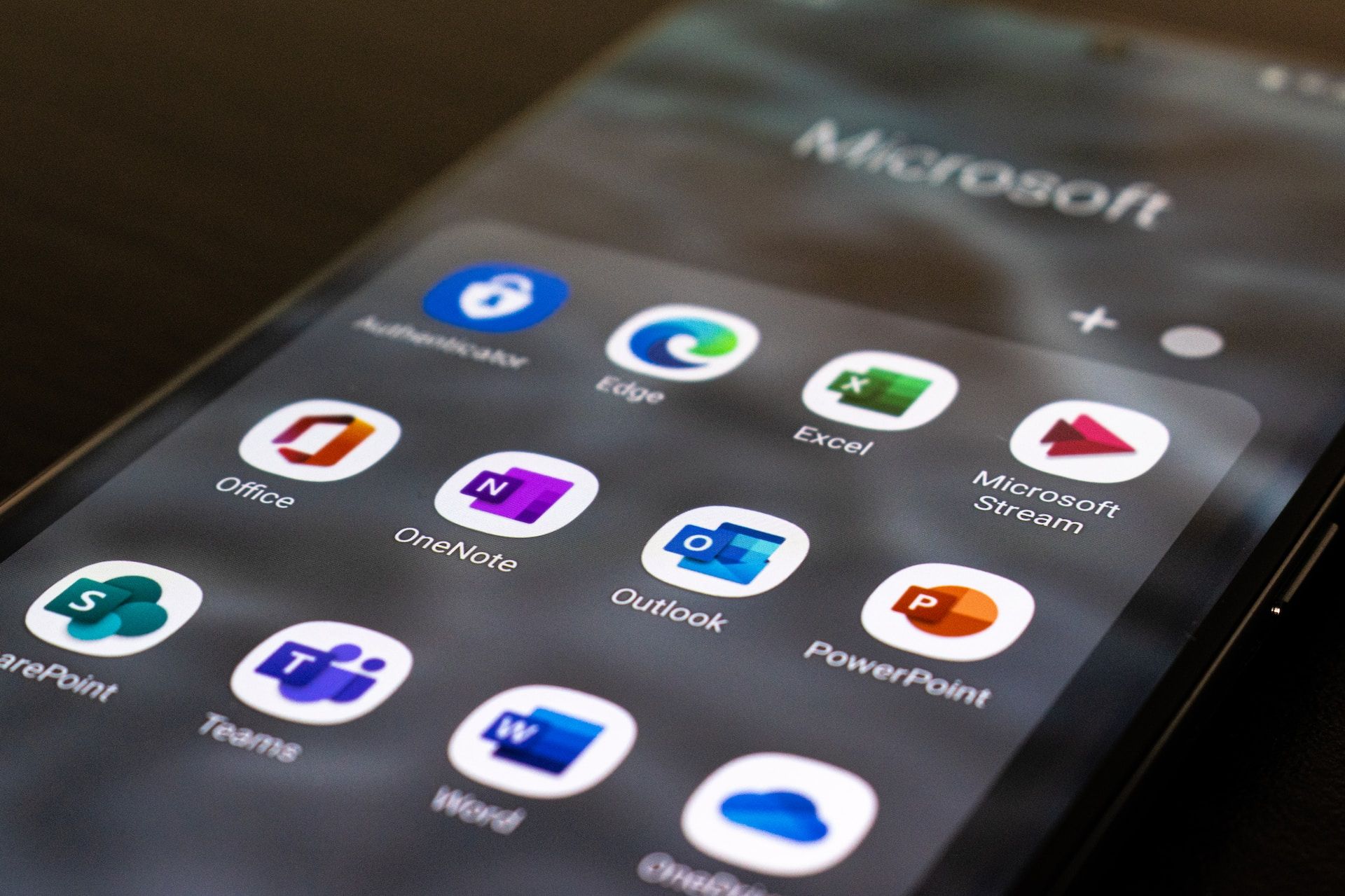Talking with Our Devices
BeckyStrause
Speech is our primary means of communicating. We are so used to it, so comfortable with it we even talk to things that can’t talk back. How often do people say things like, “Who’s the good boy?” after having a dirty, wet, stick dropped at their feet? I can remember my mom looking at the turkey in the oven saying, “How are we doing in there?” It’s not that an answer is expected, but there’s something comfortable about those words coming out of our mouths.
We want to be able to talk to a device, and have it do what we want it to do. The easier it is for us, the better. So not only do we want inanimate objects to do as we say, we want them to understand how we say what we say. Captain Jean-Luc Picard may have had to say, “Tea. Earl grey. Hot.” But it would be easier for us if we could say, “Can I get some hot earl grey tea?” and have it appear. In order for a device to get that, it needs to understand natural language. For that to happen we need a conversational user interface, rather than the graphical user interfaces (GUI’s) we use now. We may be well on our way to readily using that type of technology.
The reality is that we want to be able to talk with our devices not just at them. We want them to be conversational, to understand the intent of what we’re saying. We want them to act as personal assistants, not just … well, devices. That’s why so many people are getting friendly with Siri , it is (she is?) an intelligent personal assistant and knowledge navigator. So if you need a reminder for your mom’s birthday, she’ll give it. However, if you tell her that you’re so sad you want to jump off a bridge, the only assistance she gives is to tell you where the closest bridges are. She may not be perfect, she also can’t make hot earl grey tea appear out of the blue, but Siri seems to be a solid example of a functional conversational interface. Plenty of people are working on perfecting this type of technology, and I am confident we will continue to see quick growth in this area.











